Let me introduce you to one of the Philippines' most comforting soups: Bulanglang na Bangus at Hipon. This recipe comes from Pampanga, a region famous for its amazing food. What makes this soup special is how it uses fresh guava to create a naturally sweet and slightly sour broth, making it different from the usual sinigang you might know.
The combination of milkfish and shrimp makes it extra flavorful, while water spinach adds a fresh crunch. This is the kind of dish you'll find simmering in many Kapampangan homes, especially during cool, rainy days. It's a lighter alternative to heavy stews but still fills you up, especially when served with hot rice.
Jump to:
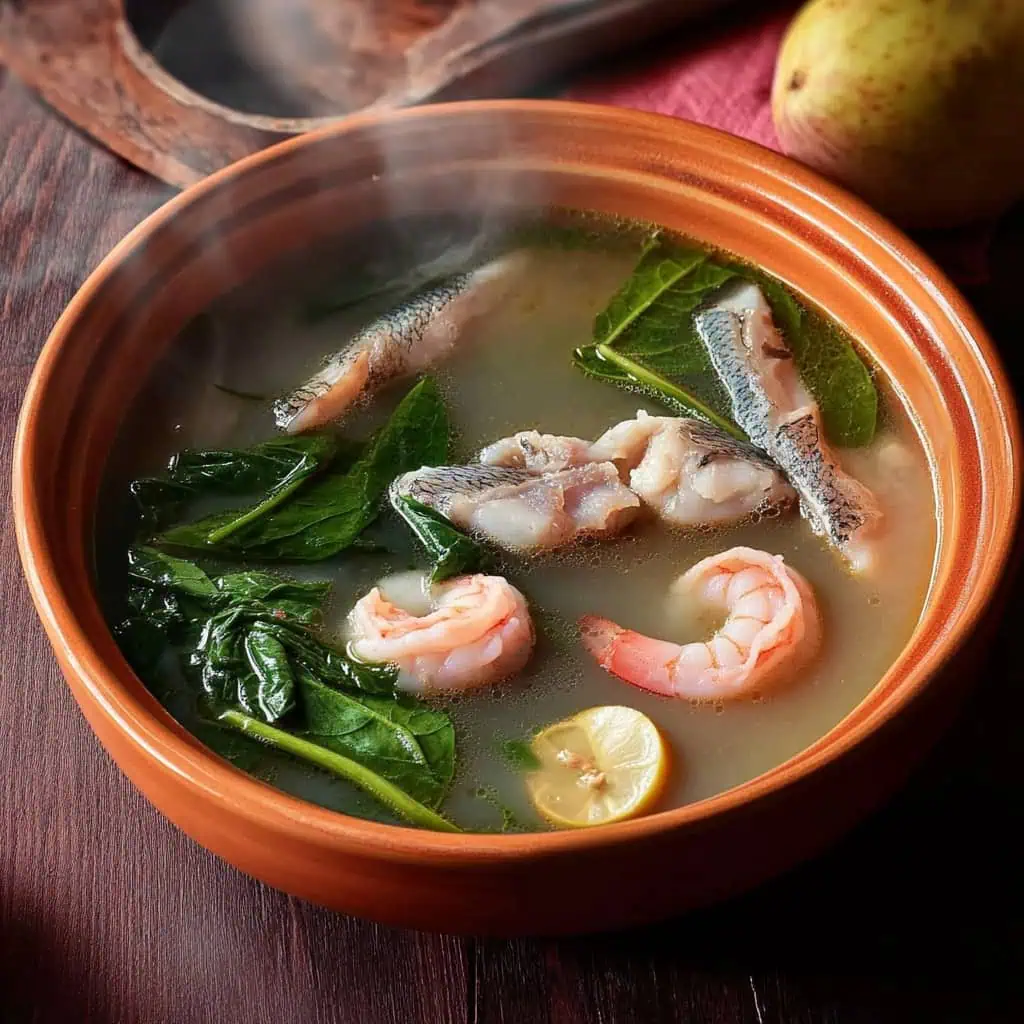
Why You'll Love This Recipe
- Natural sweetness from guava (bayabas) without artificial souring agents
- Light yet satisfying - perfect for both sunny and rainy days
- Packed with protein and vegetables
- Ready in just 30 minutes
- Budget-friendly family meal
- Authentic Kapampangan flavor
Ingredients
Each ingredient in this recipe serves a specific purpose. Milkfish provides a delicate flavor base while shrimp adds natural sweetness. Guava creates the signature sweet-sour taste without artificial souring agents.
Water spinach adds fresh crunch and vibrant color. Onion forms the aromatic foundation of the broth. Fish sauce enhances the seafood flavors while keeping the broth light and clear.
Together, they create a perfectly balanced soup that's both nourishing and comforting.
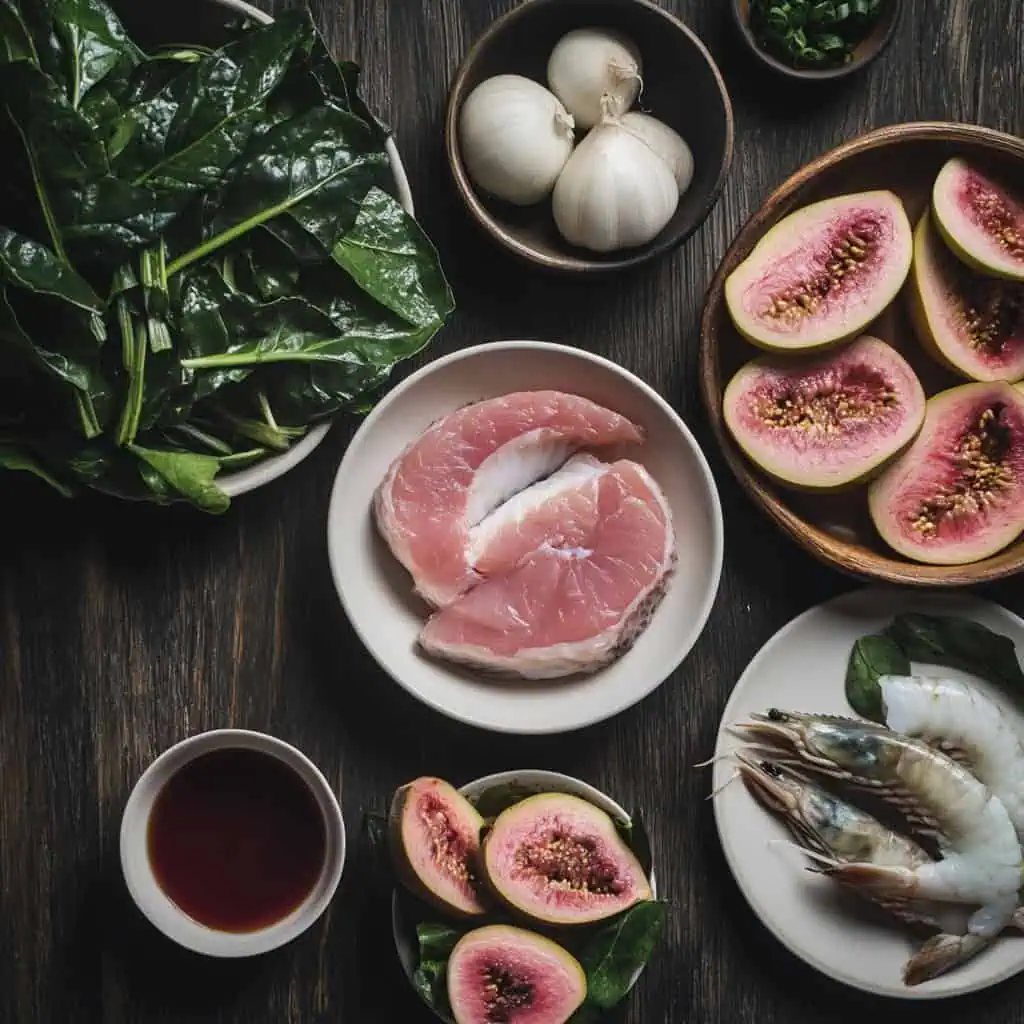
Main Ingredients:
- 1 whole milkfish (bangus), scaled, gutted, and cut into serving pieces
- ½ pound large shrimp (hipon), tendrils trimmed
- 10 guavas (bayabas), preferably a mix of ripe and slightly green
- 1 bunch water spinach (kangkong)
- 1 medium onion, peeled and quartered
- 7 cups water
Seasonings:
- 1 tablespoon fish sauce (patis)
- Salt to taste
- Whole black peppercorns (optional)
Equipment
- Large pot (kaldero): For cooking the soup - a 6-8 quart pot works best to allow ingredients to simmer without overcrowding
- Fine-mesh strainer (salaan): Essential for extracting clear guava juice without pulp or seeds
- Sharp knife (kutsilyo): For precise cutting of the milkfish and other ingredients
- Cutting board (sangkalan): Provides a stable, hygienic surface for preparing all ingredients
- Measuring cups and spoons (panukat): Ensures accurate proportions for a balanced flavor
- Wooden spoon (sandok na kahoy): Allows gentle stirring without breaking apart the delicate fish
- Small bowl (mangkok): Used for the guava juice extraction process
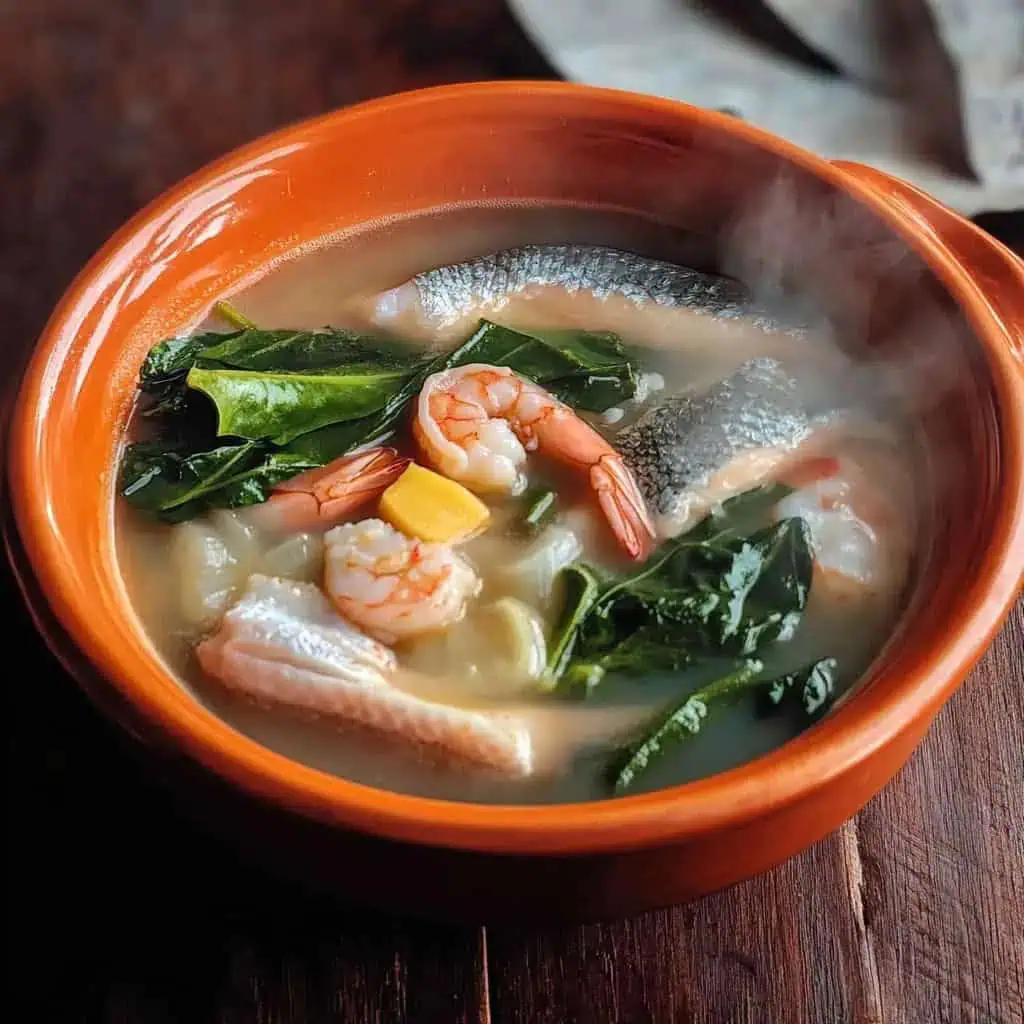
How To Make
- Prepare all ingredients before starting. Cut the milkfish into serving pieces, clean the shrimp, and slice the guavas in half. Separate the kangkong leaves from the stalks and wash thoroughly.
- Create guava juice by scooping out the seeds from the guavas. Place the seeds and pulp in a bowl with 1 cup of water. Mash everything with the back of a spoon until the pulp breaks down. Strain this mixture through a fine-mesh strainer and set the guava juice aside.
- Start the broth by pouring 6 cups of water into a large pot and bringing it to a boil over medium heat. Add the quartered onions and guava halves. Reduce heat and let it simmer until the guavas start to soften, about 5 minutes.
- Add guava juice and seasoning by pouring in the strained guava juice and fish sauce. Give everything a gentle stir. The broth should now have a light, sweet-sour taste.
- Cook the milkfish by adding the pieces to the pot. Simmer for 4-5 minutes until the fish is almost cooked through. Keep the heat at medium-low to prevent the fish from breaking apart.
- Add the shrimp to the pot. Cook for 2-3 minutes until they turn pink. Be careful not to overcook the shrimp or they will become tough.
- Adjust seasoning by tasting the broth and adding salt as needed. Remember that fish sauce is already salty, so add salt gradually.
- Add the vegetables by putting in the kangkong stalks first and cooking for 30 seconds. Then add the leaves and cook just until they wilt, about 15 seconds more. Turn off the heat immediately to keep the kangkong crisp.
- Serve hot in bowls with steamed rice on the side. The broth should be clear with a subtle sweet-sour flavor from the guavas.

Tips from Lola's Kitchen
- Use rice washing water (hugas bigas) instead of plain water for a richer, more flavorful broth
- Keep the fish head on while cooking as it adds significant depth to the soup
- Select guavas that give slightly when pressed - they're at the perfect ripeness for the soup
- Add shrimp shells to the broth first, then remove before adding the peeled shrimp for extra flavor
- Maintain gentle heat once the fish is added to prevent it from breaking apart
- Ladle carefully when serving to keep the fish pieces intact
Substitutions
- Fish Options: Red snapper or tilapia can replace milkfish if unavailable
- No Fresh Guava? Use 3 tablespoons guava jam diluted in water or 2 tablespoons tamarind paste for a different but delicious flavor
- Vegetable Alternatives: Bok choy or spinach can substitute for water spinach
- Shrimp Alternatives: Fresh crab or small squid pieces work well
- Fish Sauce Substitution: Use 1 tablespoon of light soy sauce plus ½ teaspoon salt
Troubleshooting
- Bitter Broth: Your guavas might be too green. Balance with a pinch of sugar and a little more salt
- Tough Fish: Lower your heat and reduce cooking time; milkfish cooks quickly and can become tough if overcooked
- Cloudy Soup: Avoid stirring vigorously; use gentle movements and keep the broth at a steady simmer, not a rolling boil
- Mushy Vegetables: Add kangkong at the very end, just before serving, and immediately remove from heat
- Too Sour: Add a small piece of ripe guava or a half teaspoon of sugar to balance the acidity
- Fish Breaking Apart: Make sure to handle the fish minimally and use a slotted spoon when serving
Storage & Reheating
- Refrigerate: Store in an airtight container for up to 2 days in the refrigerator
- Freezing: Not recommended as the fish and vegetables will become too soft and lose their texture
- Reheating: Warm gently over low heat until just hot (65°C/150°F). Avoid boiling to prevent the fish from becoming tough
- Pro Tip: Store the kangkong separately if possible to maintain its crispness, adding it fresh when reheating
- Best Practice: This soup is truly at its peak when served fresh, so try to make only what you need for immediate consumption

FAQ
Can I make this ahead of time?
The broth can be prepared 4 hours ahead, but add the fish, shrimp, and vegetables just before serving for best results.
Is this recipe keto-friendly?
Yes, with modifications. Skip the guava and use kamias or calamansi for sourness instead, and serve without rice.
Can I use frozen fish and shrimp?
Fresh is best, but thawed fish and shrimp work if thoroughly defrosted and patted dry before adding to the broth.
How spicy is this dish?
Traditional bulanglang is not spicy at all; heat can be added to personal taste with fresh bird's eye chilies on the side.
Can I use other fish besides milkfish?
Yes, any firm white fish like tilapia, sea bass, or red snapper works well in this recipe.
What makes bulanglang different from sinigang?
Bulanglang uses guava as its primary souring agent creating a more subtle, sweet-sour flavor, while traditional sinigang uses tamarind for a sharper sourness.
Is this soup good for people with colds?
Yes, the warm broth and light flavors make it excellent comfort food when feeling under the weather.
Can I add other vegetables?
Absolutely! Eggplant, radish, and young corn are traditional additions in some Kapampangan households.
Related
Looking for other recipes like this? Try these:
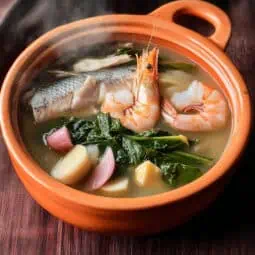
Bulanglang na Bangus at Hipon (Filipino Milkfish and Shrimp Soup with Guava)
Equipment
- Large pot (kaldero) for cooking the soup
- Fine-mesh strainer (salaan) for extracting guava juice
- Sharp knife (kutsilyo) for preparing ingredients
- Cutting board (Sangkalan) for safe ingredient preparation
- Measuring cups and spoons (Panukat) for accurate measurements
- Wooden spoon (sandok na kahoy) for gentle stirring without scratching the pot
- Small bowl (mangkok) for guava juice extraction
Ingredients
Main Ingredients:
- 1 whole milkfish bangus, scaled, gutted, and cut into serving pieces
- ½ pound large shrimp hipon, tendrils trimmed
- 10 guavas bayabas, preferably a mix of ripe and slightly green
- 1 bunch water spinach kangkong
- 1 medium onion sibuyas, peeled and quartered
- 7 cups water tubig
Seasonings:
- 1 tablespoon fish sauce patis
- Salt asin to taste
- Whole black peppercorns paminta - optional
Instructions
- Prepare all your ingredients before starting. Cut the milkfish into serving pieces, clean the shrimp, and slice the guavas in half. Separate the kangkong leaves from the stalks and wash thoroughly.
- Using a small spoon, scoop out the seeds from the guavas. Place the seeds and pulp in a bowl with 1 cup of water. Mash everything with the back of a spoon until the pulp breaks down. Strain this mixture through a fine-mesh strainer and set the guava juice aside.
- Pour 6 cups of water into a large pot and bring to a boil over medium heat. Add the quartered onions and guava halves. Reduce heat and let it simmer until the guavas start to soften, about 5 minutes.
- Pour in the strained guava juice and fish sauce. Give everything a gentle stir. The broth should now have a light, sweet-sour taste.
- Add the milkfish pieces to the pot. Simmer for 4-5 minutes until the fish is almost cooked through. Keep the heat at medium-low to prevent the fish from breaking apart.
- Add the cleaned shrimp to the pot. Cook for 2-3 minutes until they turn pink. Be careful not to overcook the shrimp or they will become tough.
- Taste the broth and add salt as needed. Remember that fish sauce is already salty, so add salt gradually.
- Add the kangkong stalks first and cook for 30 seconds. Then add the leaves and cook just until they wilt, about 15 seconds more. Turn off the heat immediately to keep the kangkong crisp.
- Serve your bulanglang hot in bowls with steamed rice on the side. The broth should be clear with a subtle sweet-sour flavor from the guavas.
Tips from Lola's Kitchen
- Don't throw away the rice washing water (hugas bigas). Use it instead of plain water for a richer broth
- Keep the fish head on - it adds more flavor to the soup
- Look for guavas that give slightly when pressed - they're at the perfect ripeness
- Add shrimp shells to the broth first, then remove before adding the peeled shrimp for extra flavor
- Never let the soup boil vigorously once the fish is added to keep it from breaking apart
Nutrition
The Story Behind Bulanglang na Bangus at Hipon
The story of bulanglang na bangus at hipon begins in the fertile plains of Pampanga, a region long celebrated as the culinary capital of the Philippines. This humble yet sophisticated soup emerged from the Kapampangan people's ingenious way of combining the abundance of their local ingredients - fresh river fish, succulent shrimp, and fragrant guava from their backyard trees.
Unlike its more famous cousin sinigang, which typically relies on sampalok (tamarind) or calamansi for sourness, bulanglang showcases the Kapampangan's refined approach to flavor building. The use of bayabas (guava) as the primary souring agent is a testament to their culinary wisdom, creating a broth that's delicately sweet-sour rather than sharp or acidic. This subtle balance reflects the sophisticated palate that Pampanga is famous for.
In traditional Kapampangan households, bulanglang has long been a rainy day staple. Home cooks would gather fresh bangus from the local markets, carefully selecting fish with clear eyes and bright scales - a practice that continues today. The addition of hipon (shrimp) came naturally, as the rivers of Pampanga have always been rich with freshwater shellfish, making this combination a celebration of the region's aquatic bounty.
The dish tells a broader story of Filipino food culture, where simple ingredients transform into something extraordinary through thoughtful preparation. Each family has its own version, passed down through generations, with slight variations in ingredients and technique. Some add labanos (radish) for extra crunch, while others might include young corn for sweetness, but the core elements - the guava-based broth and fresh seafood - remain constant.
Today, bulanglang continues to evolve while staying true to its roots. Modern Kapampangan chefs may present it in sleek restaurants, but the soul of the dish remains unchanged - a testament to the enduring legacy of Pampanga's culinary heritage. Whether served in a humble kitchen or an upscale dining room, each bowl of bulanglang carries with it the story of a region that has mastered the art of turning simple ingredients into extraordinary flavors.
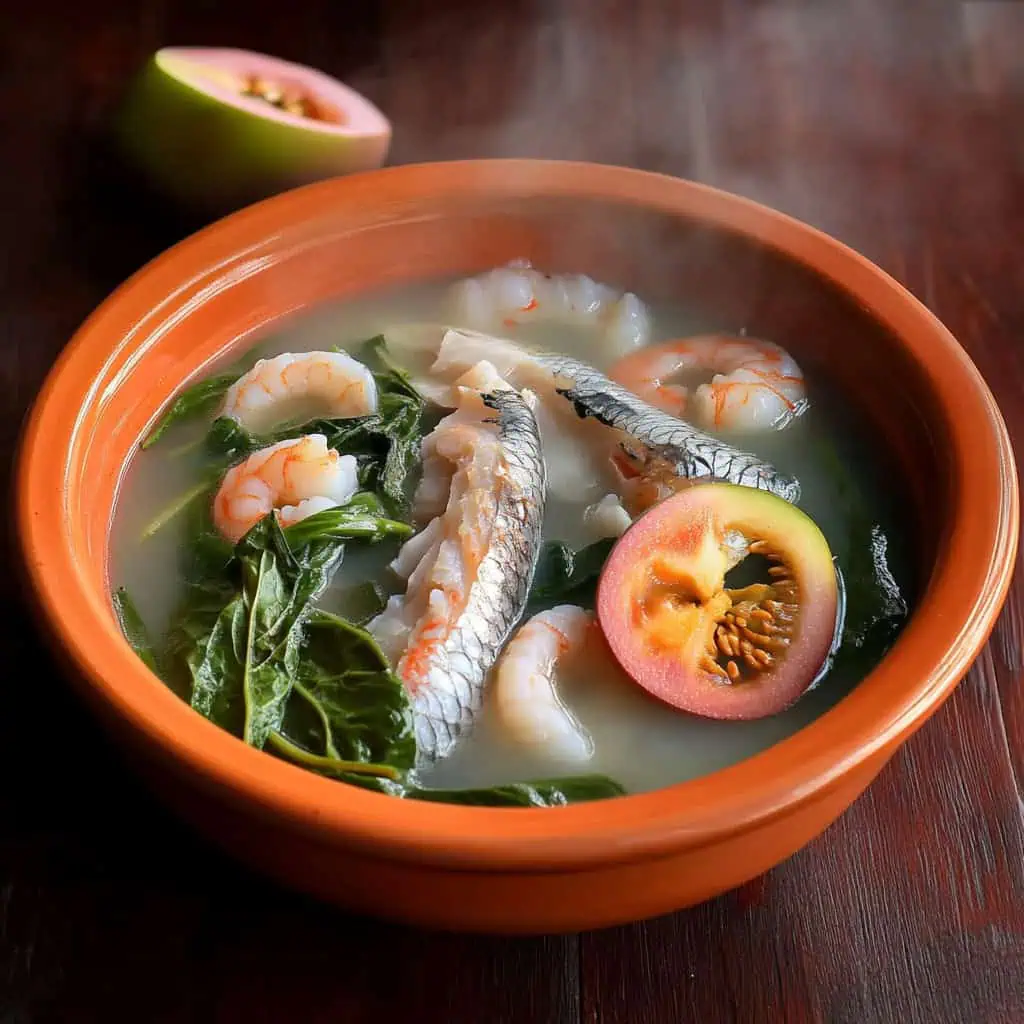

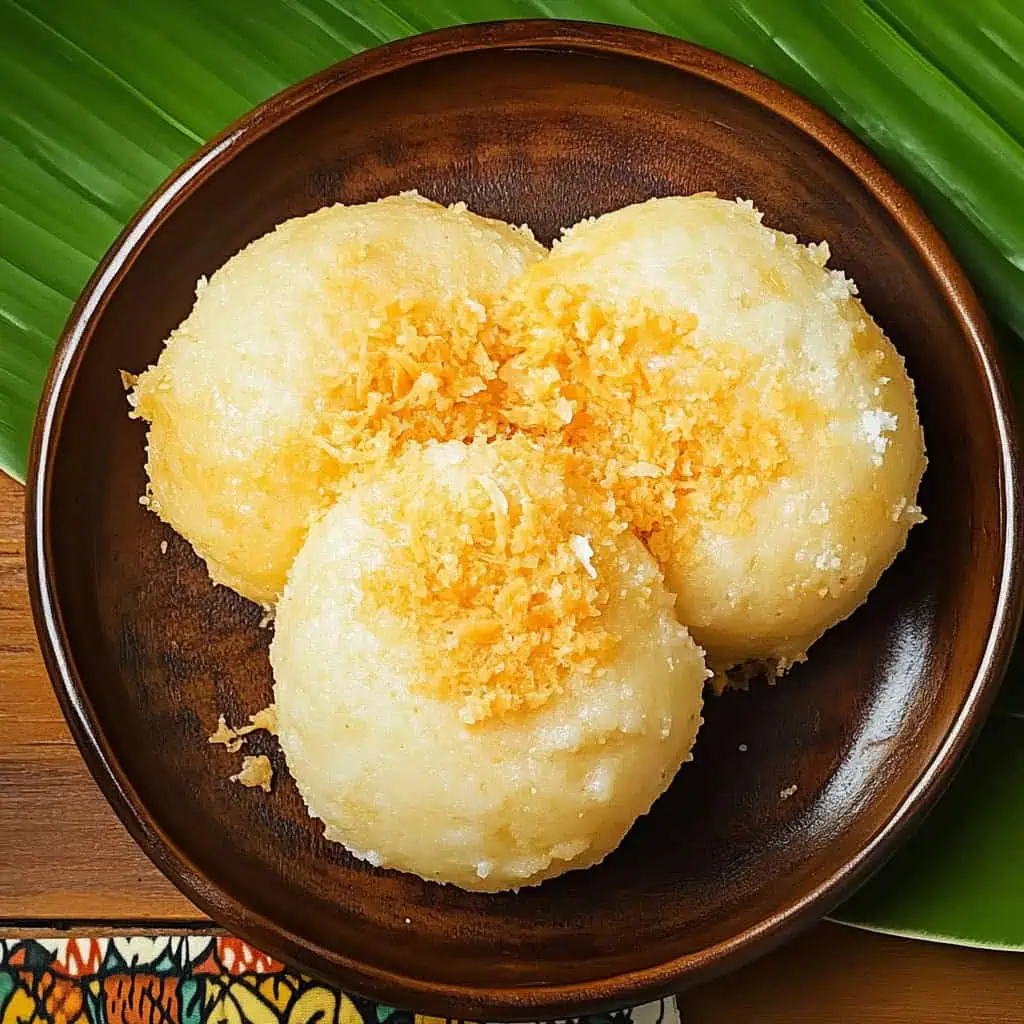
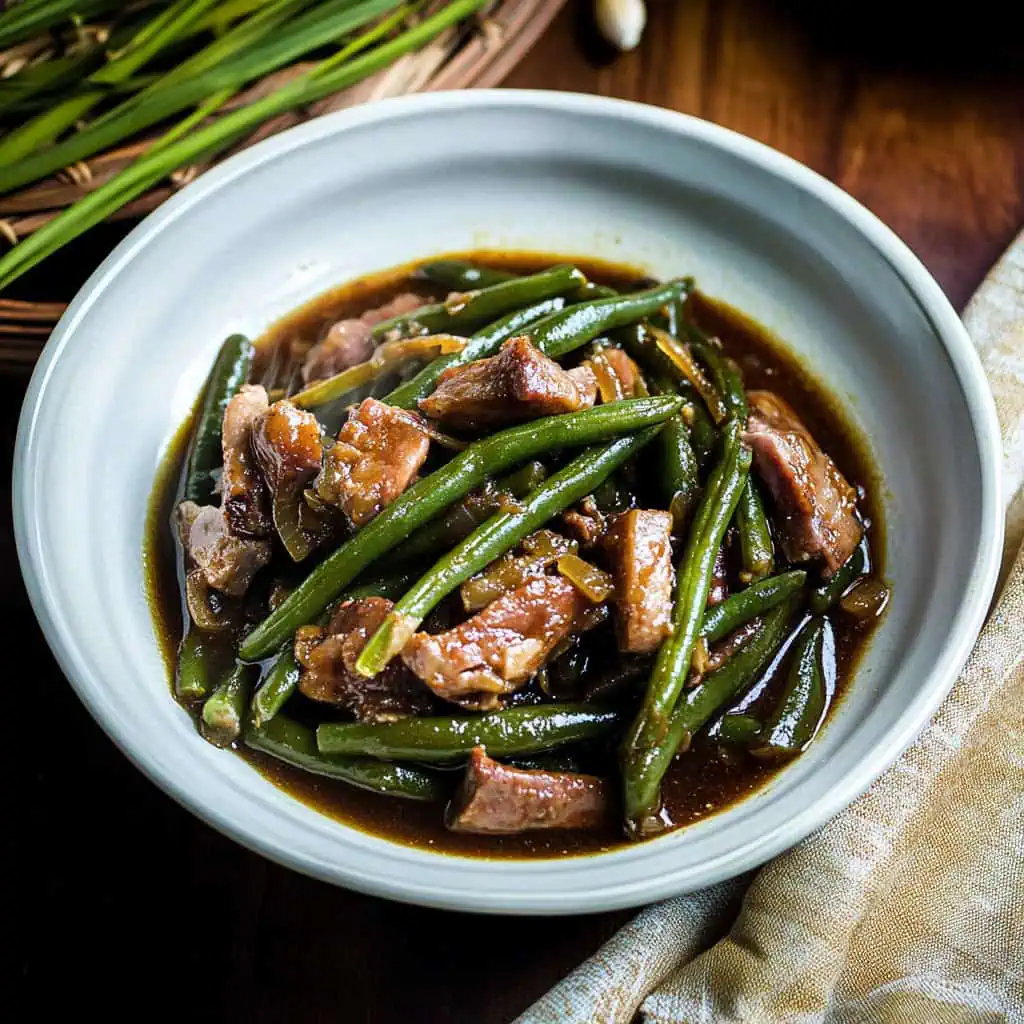
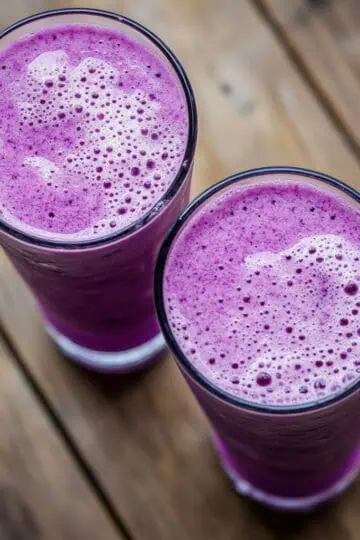
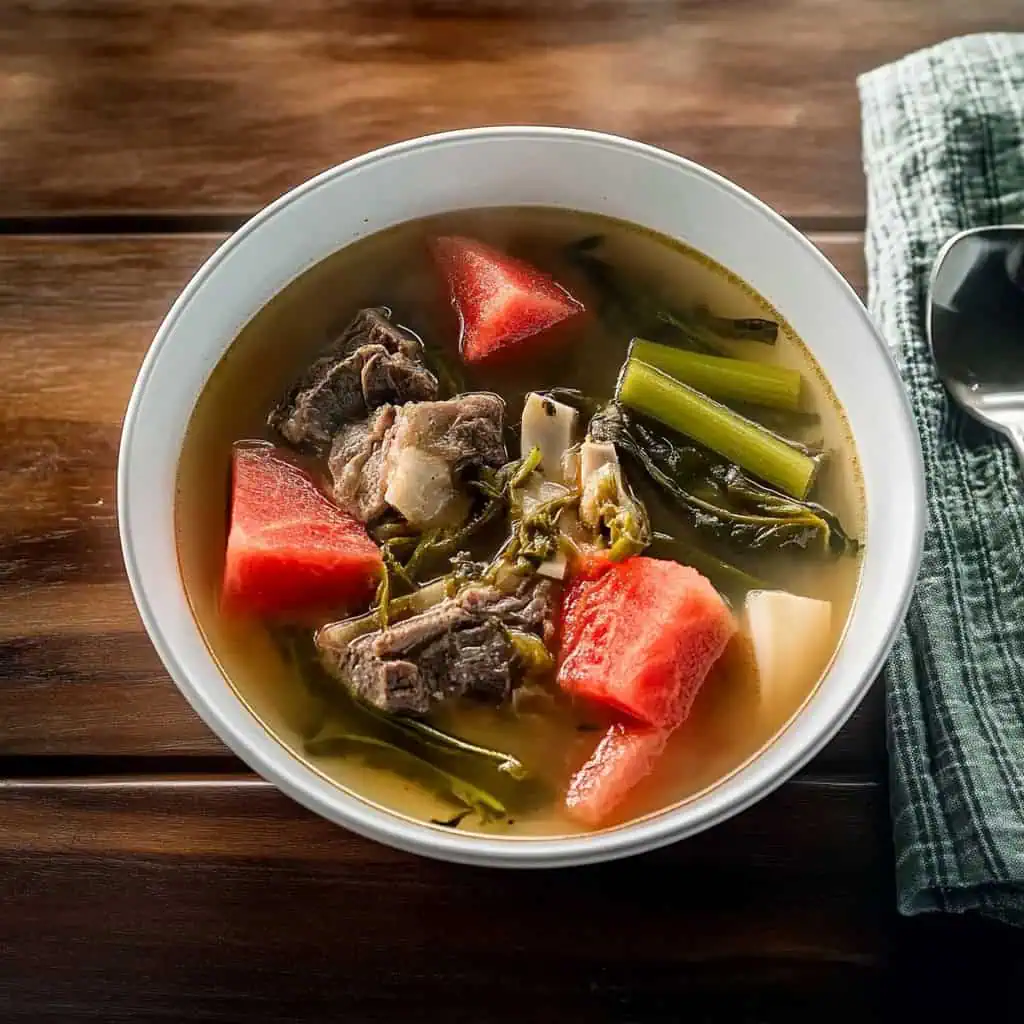
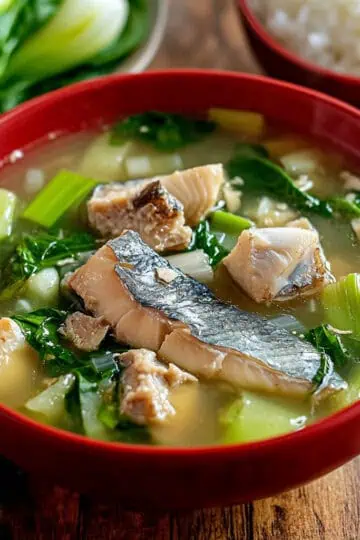
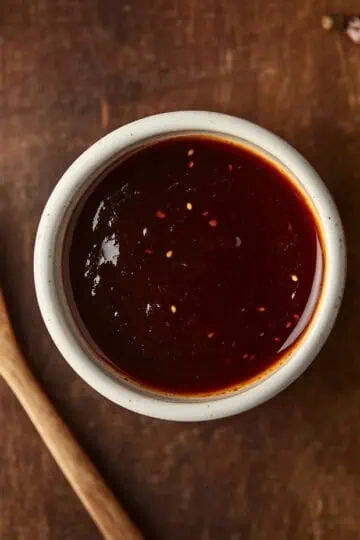
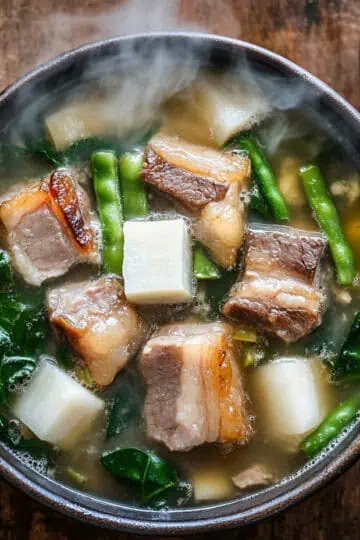
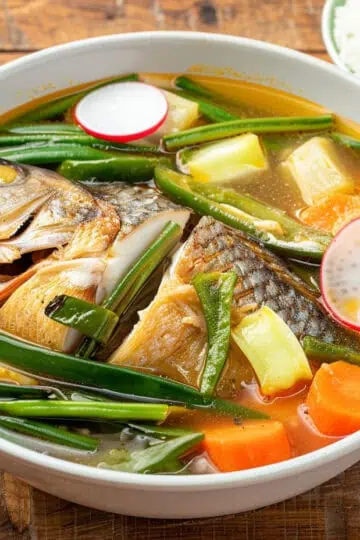
Comments
No Comments